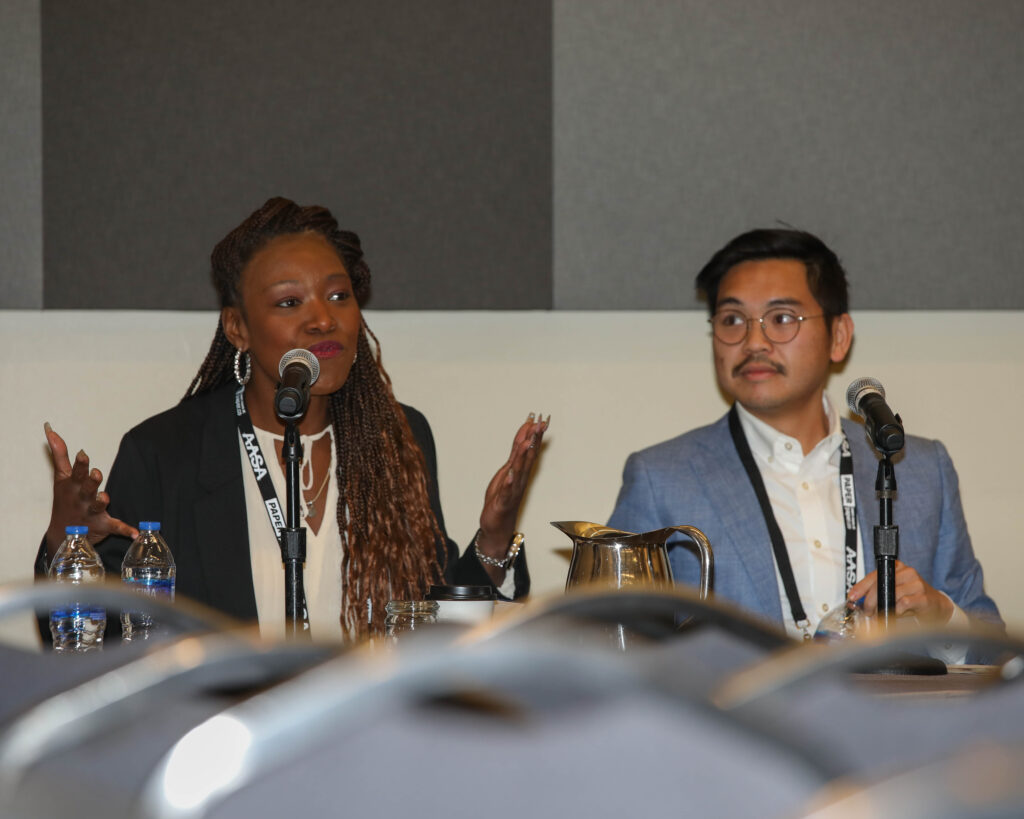Strategies for teacher recruitment and retention, a growing concern among school leaders across the nation, were discussed in a Saturday session at the National Conference on Education in San Antonio.
Sy Doan, associate policy researcher at RAND Corp. in Santa Monica, Calif., was accompanied by Alena Zachery-Ross, superintendent of Ypsilanti Community Schools in Michigan. The two panelists presented the research and practical sides of the teacher shortage issue.
Doan’s team conducted the State of the American Teacher and State of the American Principal Survey in January 2022 and found that teachers have overall negative well-being and mental health. Post-pandemic burnout from COVID-19 policies, politicized teaching and harassment from school opponents, Doan said, contributes to teachers’ depression and dissatisfaction.
“It feels like the workforce right now is bending, but not yet broken,” Doan said.
To combat this issue, Zachery-Ross suggested that teachers need to “change the narrative.” In Ypsilanti, she started sending “stay” surveys instead of exit surveys to see why teachers remained in the district.
“The culture for education is not that appealing,” Zachery-Ross said. “People don't like educators anymore. They come to our board meetings and fuss at us and shout at us. We have to make the profession more appealing again.”
Michigan took inspiration from Tennessee’s teacher apprenticeship program to promote long-term retention, she said. The program provides “no-cost pathways” that provide individuals with experience to grow the enrollment of qualified teachers in school.
Though districts across the country are implementing changes to combat teacher shortages, Zachery-Ross said, “it’s too slow.” The lack of educators in the workforce causes districts to compete with each other for labor and resources, a challenge “unlike ever before.”
Doan’s research showed that teachers need an “active say in decision making and shared sense of advocacy.” Boosting teacher morale by building interpersonal relationships gives teachers reasons to stay in the district.
Zachery-Ross said districts need to help teachers help themselves by using the community to promote them and highlight positive aspects of the profession. For example, Ypsilanti works with Eastern Michigan University to give free basketball tickets to teachers and showcase them at the game. Teachers, Zachery-Ross said, need to feel like a part of the team and community.
To change the negative stereotypes and narrative around teaching, she said, educators need to portray the profession positively to the public.
(Emma Siebold is a reporting intern for AASA’s Conference Daily Online and a senior and editor-in-chief of the Smithson Valley High School newspaper in Spring Branch, Texas.)

